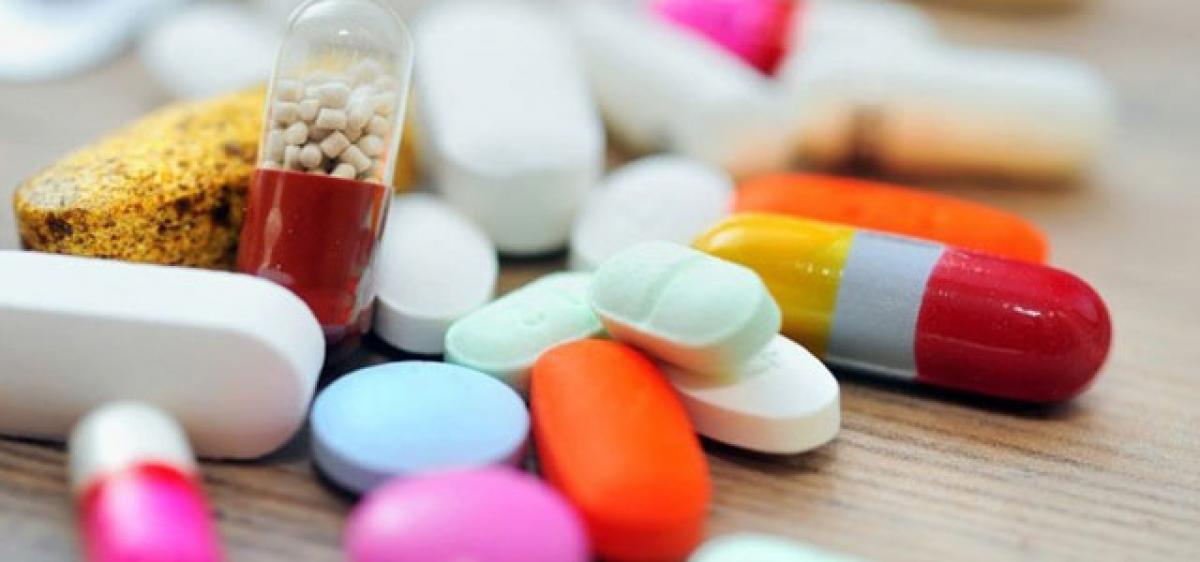Generic drugs are manufactured after a brand-name drug’s exclusive rights ends and other companies are free to produce them. However, they need to get FDA approval, ensuring they are safe for mass distribution and are equally effective as their brand-name counterparts. But how are generic drugs approved by the FDA? Let’s find out:
Check for Bioequivalence
Bioequivalence is the similarity between a generic medicine and its brand name counterpart. It means that when you take a generic drug, it will have the same effect on your body as the brand name drug. The active ingredients, strength, dosage forms, and how it is taken are all the same. So, you can easily rely on generic medicine to provide the same benefits and outcomes.
Submission of Abbreviated New Drug Application (ANDA)
The Abbreviated New Drug Application (ANDA) is a submission made by the generic medicine manufacturer to the FDA. It includes data from studies that compare generic medicine to brand-name drugs to ensure that they are similar in terms of active ingredients and how they work in the body.
The FDA reviews the application to make sure that the generic medications are safe, effective and a reliable alternative to the brand name medicine. Only if the FDA determines that the generic medicines meet all the safety standards will they approve it. This thorough review process helps ensure that patients have access to safe and effective medications at an affordable price.
Labeling Evaluation
Labeling evaluation is important in the FDA’s approval process for generic medicines. It shows its commitment to protecting public health and ensuring the availability of safe and reliable drugs. The FDA carefully reviews the label of the generic drugs to ensure that it provides the same information as the brand name medicine. This includes indications, dosage instructions, warnings, precautions, and other important information. The goal is to ensure that patients receive accurate and consistent information about the use and risks of generic medicines.
Post Marketing Surveillance
After a generic medicine is approved and available in a generic drug pharmacy it goes through post marketing surveillance. By collecting reports from healthcare professionals and patients, the FDA can monitor the medicines’ performance and identify any adverse effects. This ongoing surveillance allows them to take appropriate actions, such as updating the medicine’s labeling or even removing it from the market if necessary. It ensures that the generic medication meets safety and quality requirements.
Final Words
Generic medicines undergo a rigorous review and evaluation process by the FDA to ensure their safety and efficacy. Therefore, they are as safe as brand name drugs but easy on the pockets. So, wait no more. Order your medicines from a generic drug store and get a generic drug plan.






